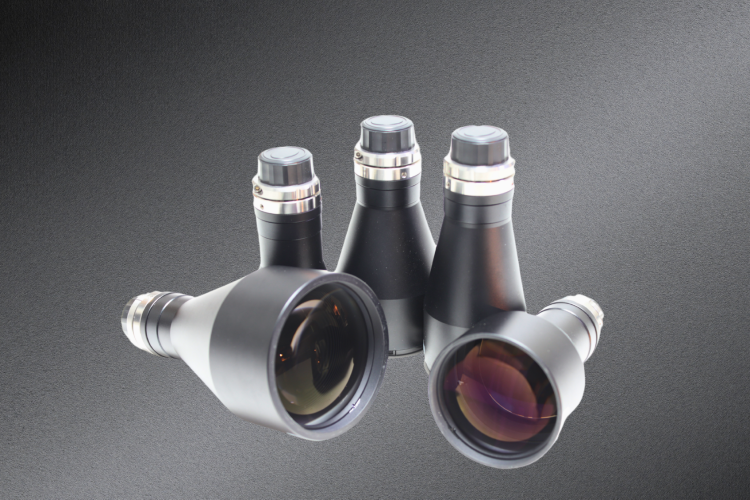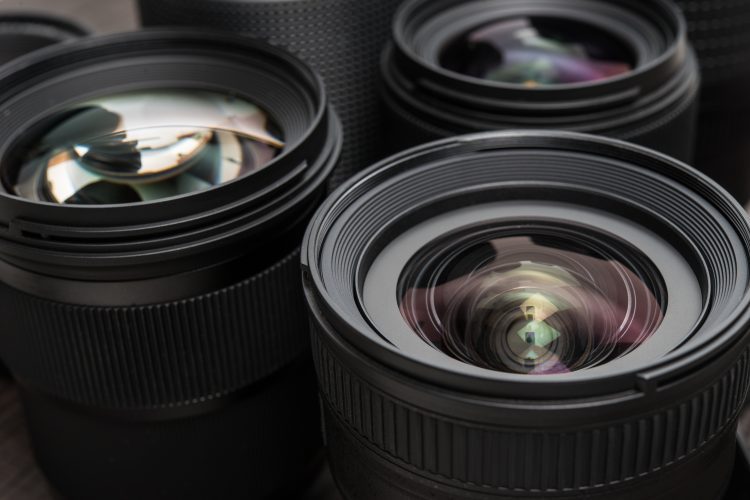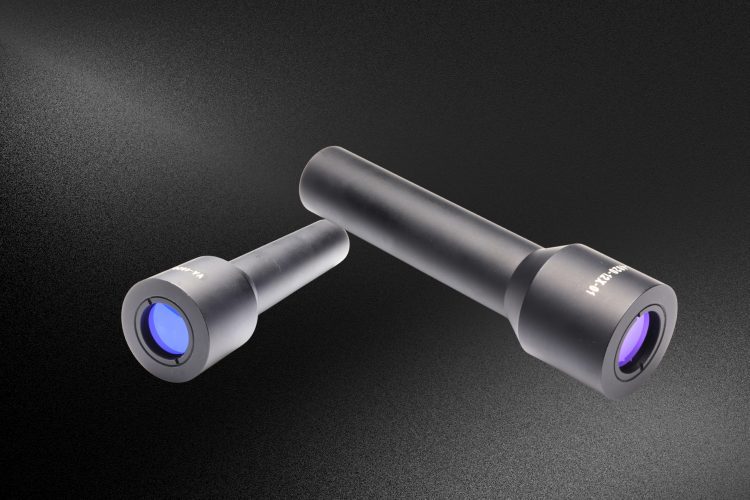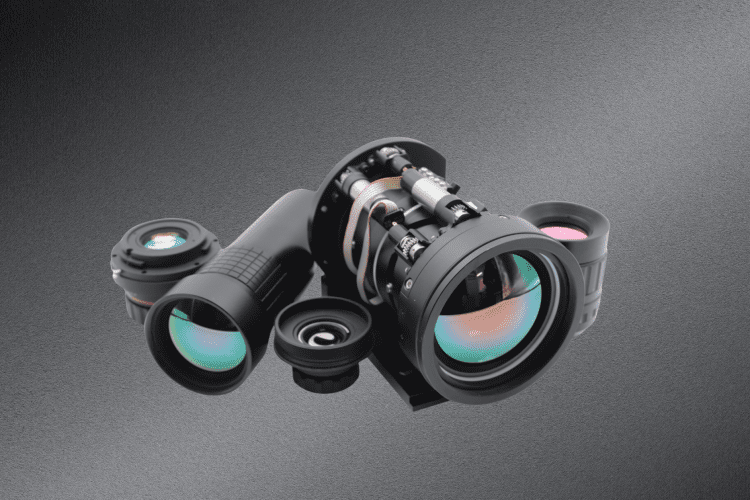Key Takeaways: Telecentric lenses ensure consistent magnification and high image quality, minimizing distortion and offering a wide depth of field. They excel in precise measurements across varying distances, crucial for quality control in industries like photolithography. These lenses are pivotal for capturing detailed, clear images and detecting imperfections that conventional lenses might miss. Whether for […]
Blog
Avantier Inc.









